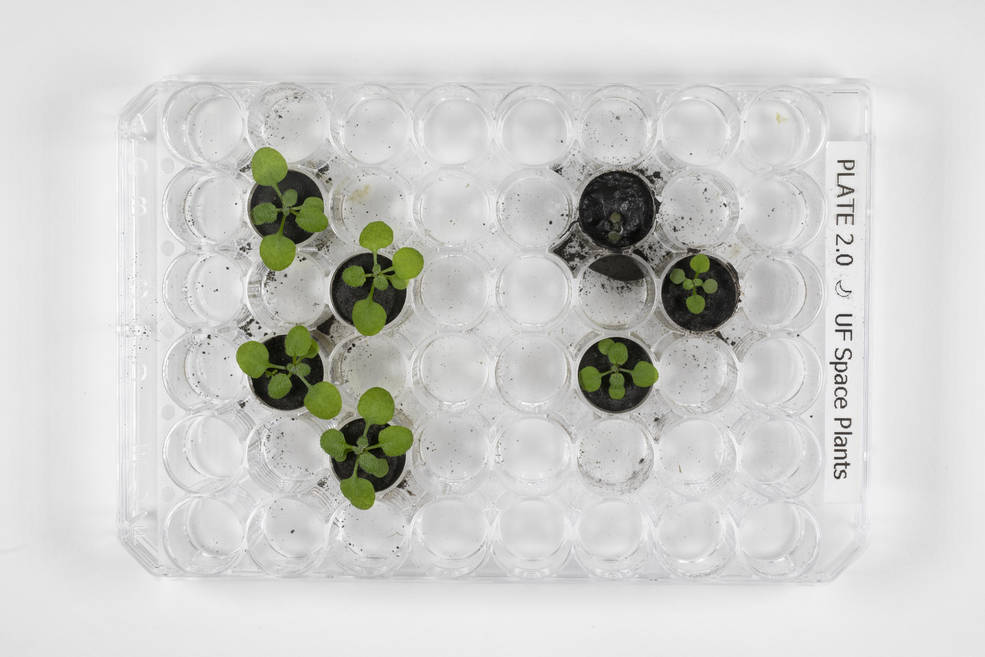Ant-Inspired Innovation: Harnessing Collective Intelligence
Scientists have long been fascinated by the collective intelligence of ants, marveling at how these small creatures achieve remarkable feats through cooperation. Inspired by these insects, researchers are now developing swarms of tiny robots that can work together to perform complex tasks.
These ant-like robots, often referred to as microrobots, are equipped with sensors and actuators that enable them to interact with their environment and communicate with one another. Consequently, by coordinating their efforts, these robots can accomplish tasks that would be impossible for a single machine to achieve.
Engineering the Microrobots
Each microrobot, measuring just 600 micrometers and made from epoxy and ferromagnetic particles, can reconfigure itself when controlled by a rotating magnetic field. This adaptability, in turn, allows the robots to take on different roles depending on the task at hand.
Lifting Heavy Loads with Ease
One of the most impressive abilities of these robotic swarms is their capacity to lift and transport heavy objects. For example, by attaching themselves to an object and working in unison, they can generate significant force, enabling them to move objects many times their own weight. As a result, this capability could transform industries such as manufacturing and construction, where heavy lifting poses constant challenges.
Navigating Challenging Terrains
In addition to their lifting power, another notable feature of these robot swarms is their ability to navigate complex environments. By sharing information and synchronizing their movements, they can efficiently explore and map their surroundings, even in challenging terrains. Therefore, this opens up possibilities for applications in search and rescue operations, environmental monitoring, and other scenarios requiring exploration of unknown or hazardous areas.
Future Possibilities for Ant-Inspired Robots
As technology continues to evolve, we can expect even more advanced ant-inspired robots. Ultimately, these tiny, intelligent machines hold the potential to revolutionize a wide range of industries, from medicine to manufacturing. By leveraging the power of collective intelligence, we may be on the cusp of solving some of the world’s most pressing challenges.








